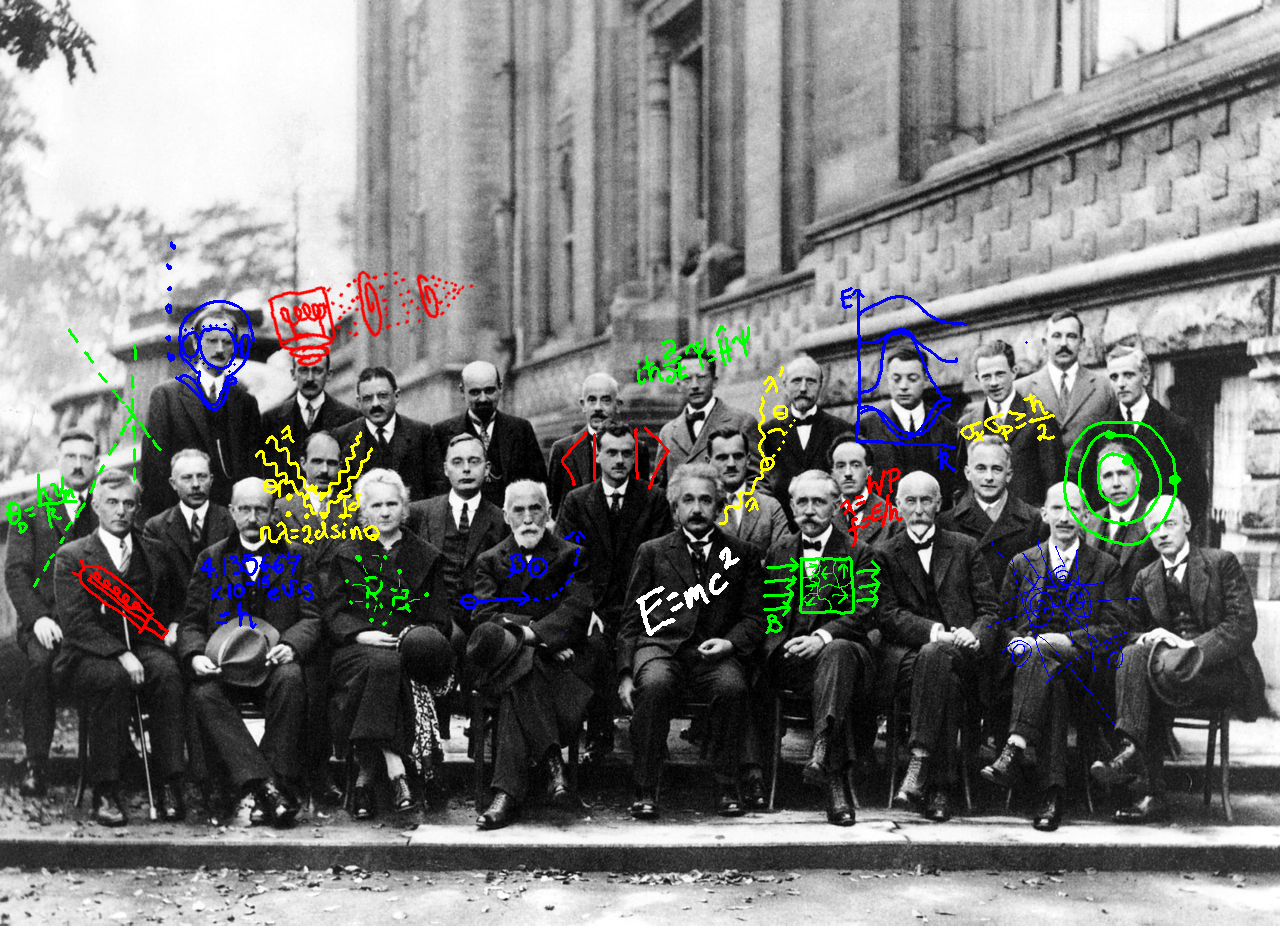LASER is a podcast discussing science and engineering topics with a materials science perspective. Materials science is about things, and the stuff that makes up those things. We cover anything STEM related with a lean towards material science. Topics include popular science news articles, recent journal papers, and buzzword topics in a casual, unscripted, discussion “journal club” style.
The name LASER stands for “Let’s Agree Science and Engineering are Rad.”
Here is a mini-bio about each of the hosts:
Cameron is a PhD Student in Materials Science at Arizona State University. He is working on research in low-loss superconducting microwave resonators, but has worked on High-Temperature Superconductors, Materials Characterization, Novel Photovoltaic Materials, and Radiation Damage in Superconducting Tunnel Junctions. You can stalk him on twitter or untappd.
Alex
Alex has an undergraduate degree in Physics, and an MS in Materials Science. His current research involves electrical characterization of Pyrite thin films. Alex spends most of his time working in the mines, harvesting data, but occasionally he emerges from the darkness and terrifies people with alien bug masks.
Emily
Emily has a masters degree in Materials Science, and is working in industry. She has worked on diffusion of mechanical parts, and materials development for a specialized lens manufacturer. Her research has been in using carbon nanotubes as a treatment for heart disease. In her spare time, Emily plays Yakety Sax next to some other people playing less cool instruments.
Sivan M
Sivan has a Masters degree in Materials Engineering, and is corrently working for a semiconductor device manufacturer.
Matthew L.
Matt has a chemical engineering degree from University of California at Santa Barbara where he did research in ____________. He currently works in the semiconductor industry, and there are rumors that he does great animal impressions.
Chase
Chase is an metallurgical engineer, and specializes in failure analysis and electron microscopy. He has a Masters Degree in Materials Engineering from Arizona State University, and is very tall.
Greg
Greg is a PhD student in Materials Science at Arizona State University. He has a Bachelors of Science degree from Minnesota State University. He studies Organic LED devices, flexible displays, and other novel emitter technologies. If you have one of those fancy new OLED Screen cell-phones (not the ones eponymous with a certain fruit), he may or may-not have contributed to a certain green color technology.
Chris
Another organic solar guy, Chris has a PhD from Michigan State University studying organic charge transport and buffer layers in hybrid organic-semiconductor solar cells. He received a BSE in Materials Science & Engineering from Arizona State.
Heather
Heather studied Marine Biology at Dalhousie University and is now a conservation ecologist working for the Ecology Action Center in Halifax, Nova Scotia.
About our header image:
The above image is from the fifth Solvay Conference on Electrons and Photons in 1927. This conference gathered together many of the brightest and most influential scientists of the early 20th century, almost all of them were or became Nobel Laureates at some time. This is possibly the most important collective gathering of scientists that has ever happened, and is an amazing photo. Some of the scientists have been doodled upon with a picture of something related to their research or contributions to science.
Top to bottom, left to right, only describing the scientists with annotations (go to wikipedia for the full list of people).
Auguste Piccard –designed a “pressure chamber” that allowed him to make extremely high altitude balloon excursions, then modified the same chamber to make deep-sea dives.
Émile Henriot– Mentored his graduate student and helped build the first electron microscope in 1932. An electron microscope is coming out of his head.
Erwin Schrödinger– Formulated the wave equation (time dependent Schrodinger equation) used to describe Quantum Mechanics. Also known for doing horrible things to cats (that didn’t actually happen).
Wolfgang Pauli– of the “Pauli Exclusion Principle.” Described the quantization of electronic states, which led to band structure, and basically everything interesting ever since then. He is shown with the band structure for Silicon.
Werner Karl Heisenberg– The Father of quantum mechanics, the equation is (not his version) of the Heisenberg uncertainty principle which says you cannot know the position and momentum of a particle simultaneously.
Peter Debye– is so rad that he gets two doodles! The dashed lines are the “Debye Screening Length” between his head, and his neighbouring scientists’ heads. The equation is the Debye Temperature, below which you must apply quantum theory, and above which you can use the bulk properties of the material.
William Lawrence Bragg–(or Bragg The Son) who should be your favorite materials scientist, is framed by the beautiful Bragg’s Law of Diffraction, which allows us to determine the distance between atomic layers and study crystal structures using diffraction.
Paul Dirac– This guy did math. a lot of math. and way better than just about everybody, including his peers in this photo. He combined Quantum Mechanics and Relativity, described 1/2 spin particles, mathematically discovered antimater, and tons of other things. He is inside some of the bra-ket notation he developed.
Arthur Compton–Just to the right of Arthur Compton’s head, an x-ray hits an electron, giving it some energy, and bounces off at an angle with a different energy.
Louis de Broglie– his PhD thesis on the wave particle duality of matter, and the de Broglie equations laid a lot of groundwork for quantum mechanics. and this guy was a pretty slick frenchman.
Niels Bohr– Nobody can forget the Bohr model of the atom, except everybody who has seen the incorrect-but-iconic cartoon of the Rutherford model…
Irving Langmuir– Shown with a giant vacuum tube that he invented (just about actual size) was a pretty awesome materials scientist.
Max Plank– named after the esteemed Max Plank Research Institute (three guesses if it was the other way around) he described Plank’s constant (h), which links energy and frequency of particles.
Marie Curie — Discovered Radium, other radioactive materials, and advanced the study of radiation. the Radium symbol on her is decaying radioactively.
Hendrik Lorentz– The Lorentz Force is the force that bends the path of charged particles under a magnetic field. His work on electromagnetism laid the way for the amazing 20th century work in Physics.
Paul Langevin– He made advancements in the study of paramagnetism and diamagnetism, so is shown with a magnetic field penetrating some mixed paramagnetic and diamagnetic domains.
Charles Thomson Rees Wilson–Invented the absolutely beautiful Cloud Chambers that allowed us to see the first tracks of and identify the species of ionizing radiative particles.







i just left your podcast a rating on itunes, but bacause there is not “enough ratings” itunes cannot display an averag starts. i gave stars! keep up the good work!!
gave 5 Stars!!! * =]
Thanks Al!
Gosh, every materials science podcast I have found is defunct. It is a shame.
We’re trying to come back now! I (Cameron) finally defended my dissertation, so there should be a little more time to record and edit.